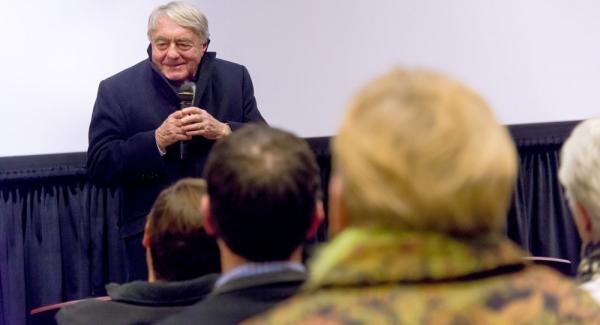
Jewish Holocaust Survivor
Mr. Einhorn remembers the observance of Yom Kippur- also known as the day of atonement-at the Schwientochlowitz Concentration Camp. He explains how the candles were made and of the use of potatoes as candle holders. He recites the Jewish prayers chanted quietly and so emotionally by the prisoners in the camp. He believes that even G-d was crying with them.